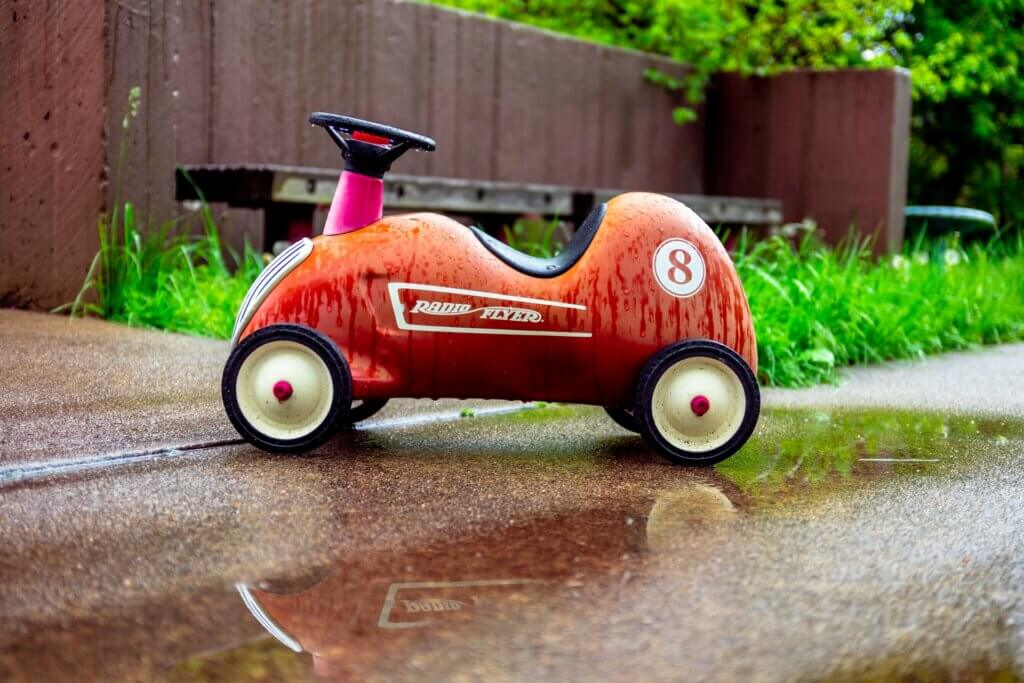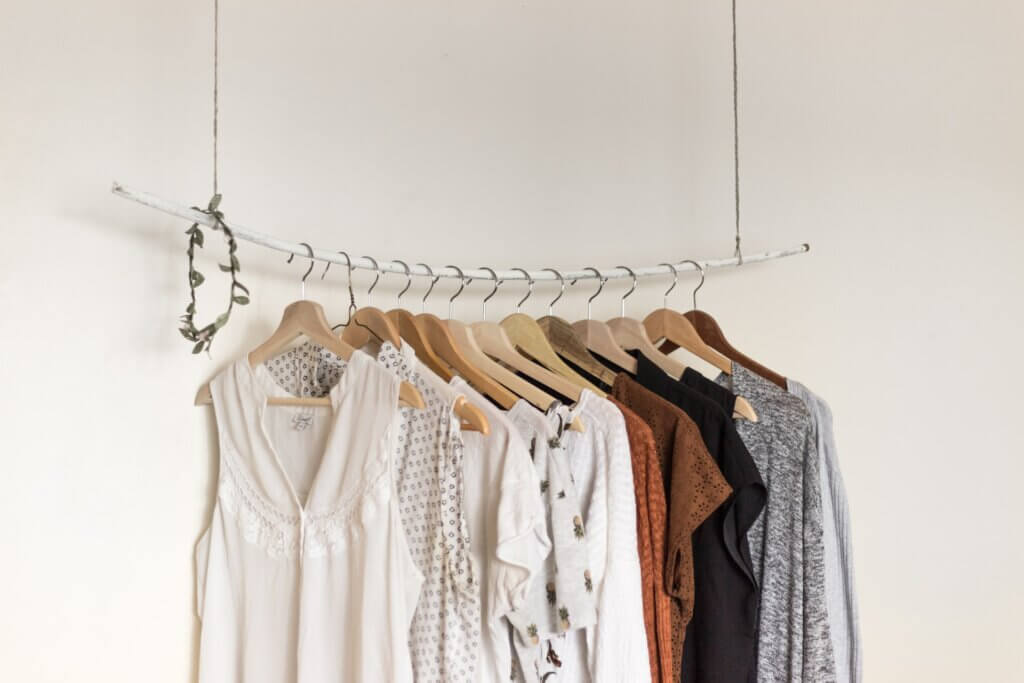Leather, a timeless and versatile material, has long been cherished for its durability and elegance in clothing, footwear, and accessories. However, its longevity and aesthetic appeal heavily rely on proper care and maintenance. Without regular cleaning and conditioning, leather can dry out, crack, or lose its luster, diminishing both its beauty and functionality.
Understanding the nuances of leather care is essential not only for preserving its quality but also for extending the lifespan of your leather goods. This blog to leather care will provide you with essential knowledge and tips, ensuring that your leather items remain as captivating and resilient as the day you acquired them.
Understanding Leather: Types and Qualities
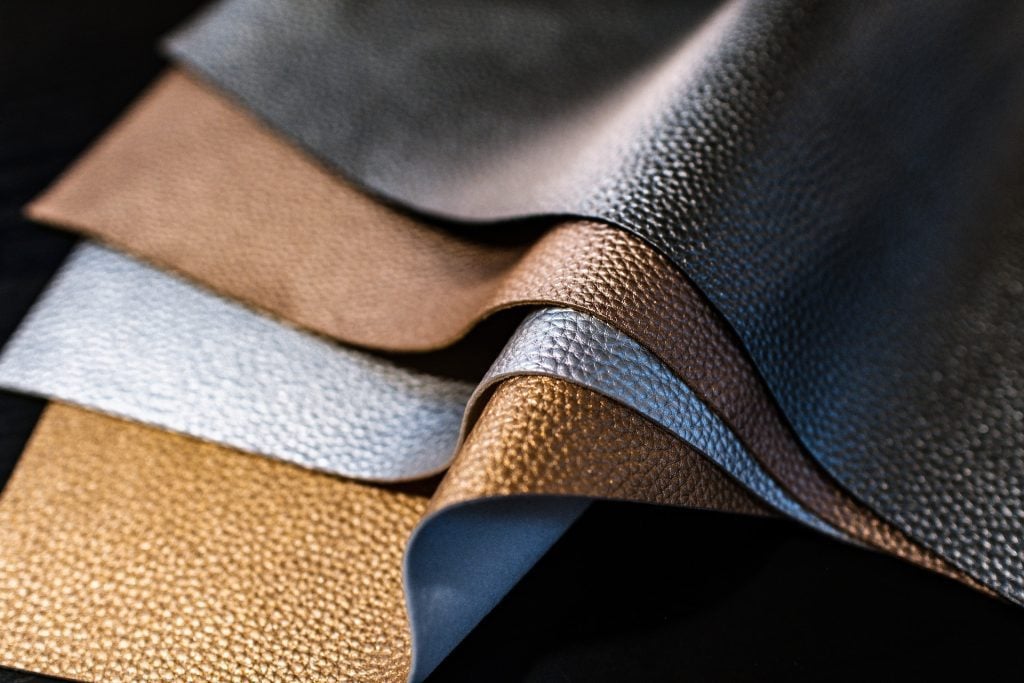
Leather, a material celebrated for its rich texture and resilience, comes in various types, each with distinct qualities and characteristics. The most premium and sought-after is full-grain leather, known for its minimal processing.
Retaining the natural surface of the hide, full-grain leather showcases unique grain patterns, making each piece one-of-a-kind. It's highly durable and develops a desirable patina over time, enhancing its beauty.
- Top-grain leather, slightly more processed than full-grain, has its surface sanded to remove imperfections. While it lacks the unique character of full-grain, top-grain leather is still durable and maintains much of the hide's original texture.
- Genuine leather, often misunderstood as top quality, actually ranks lower in the hierarchy. It's made from leftover materials after higher grades are processed, offering affordability but compromising on durability and texture.
- Bonded leather, the lowest grade, comprises leather scraps bonded together with adhesives. It's less durable and lacks the natural qualities of higher grades, but offers a cost-effective alternative.
Each type of leather has its own care needs. Full-grain and top-grain require regular conditioning to maintain their natural oils, while genuine and bonded leathers need protective treatments to prolong their lifespan. Understanding these differences is crucial for effective leather care, ensuring your items retain their elegance and strength through the years.
Step-By-Step Guide on How to Clean Leather

Cleaning leather is a delicate process that demands careful attention to preserve its quality and appearance. Here's a step-by-step guide to effectively clean your leather items:
- Identify the Leather Type: Before starting, identify whether your leather is finished (smooth, coated surface) or unfinished (soft, raw texture). This determines the cleaning method.
- Prepare the Leather: Begin by wiping down the leather with a dry microfiber cloth to remove surface dust and dirt. This prevents scratching during the cleaning process.
- Choose a Suitable Cleaner: For finished leather, use a specialized leather cleaner. For unfinished leather, it's best to use a damp cloth without any cleaning products, as they can stain or damage the leather.
- Test the Cleaner: Always perform a patch test in an inconspicuous area. Apply a small amount of cleaner and wait to see if there's any adverse reaction.
- Gentle Cleaning: Apply the cleaner to a soft cloth, not directly on the leather. Gently wipe the leather in circular motions, focusing on stained or soiled areas. Avoid saturating the leather with too much liquid.
- Dry the Leather: After cleaning, gently wipe off any excess moisture with a dry cloth. Allow the leather to air dry completely; do not use heat sources like hair dryers as they can cause damage.
- Condition the Leather: Once dry, apply a leather conditioner to replenish oils and maintain the leather's suppleness. This step is crucial for preventing cracks and extending the life of your leather item.
This cleaning routine, when done regularly and with the right products, will keep your leather looking pristine and prolong its lifespan. Remember, gentle care is key to maintaining the integrity of leather.
The Importance Of Conditioning Leather
Conditioning leather is an essential aspect of its care, playing a vital role in maintaining its health, appearance, and longevity. Leather, much like skin, requires hydration to stay supple and avoid drying out.
Over time, leather loses its natural oils and moisture, leading to stiffness, cracking, and fading. A good quality leather conditioner replenishes these essential oils, ensuring the material remains soft, pliable, and resilient.
Regular conditioning not only enhances the leather's durability but also revives its natural luster, making it look richer and more vibrant. Thus, conditioning is not just a maintenance task but a rejuvenation process, essential for keeping leather goods in their best condition.
Specialized Care for Different Leather Items
Leather items, from clothing to accessories, each require specific care techniques to maintain their beauty and functionality. Here’s how to care for different leather products:
Leather Clothing
Leather Jackets, Pants, and Apparel
- Regular Cleaning: Wipe with a soft, dry cloth to remove surface dust. For deeper cleaning, use a damp cloth with mild soap, avoiding harsh chemicals.
- Moisturizing: Use a leather conditioner every few months to prevent drying and cracking.
- Storage: Store in a cool, dry place. Use padded hangers for jackets to maintain shape. Avoid plastic covers; opt for breathable fabric covers instead.
- Protection: Apply a water-repellent spray to protect against rain and stains.
- Professional Care: For tough stains or damage, consult a professional leather cleaner.
Leather Footwear Care
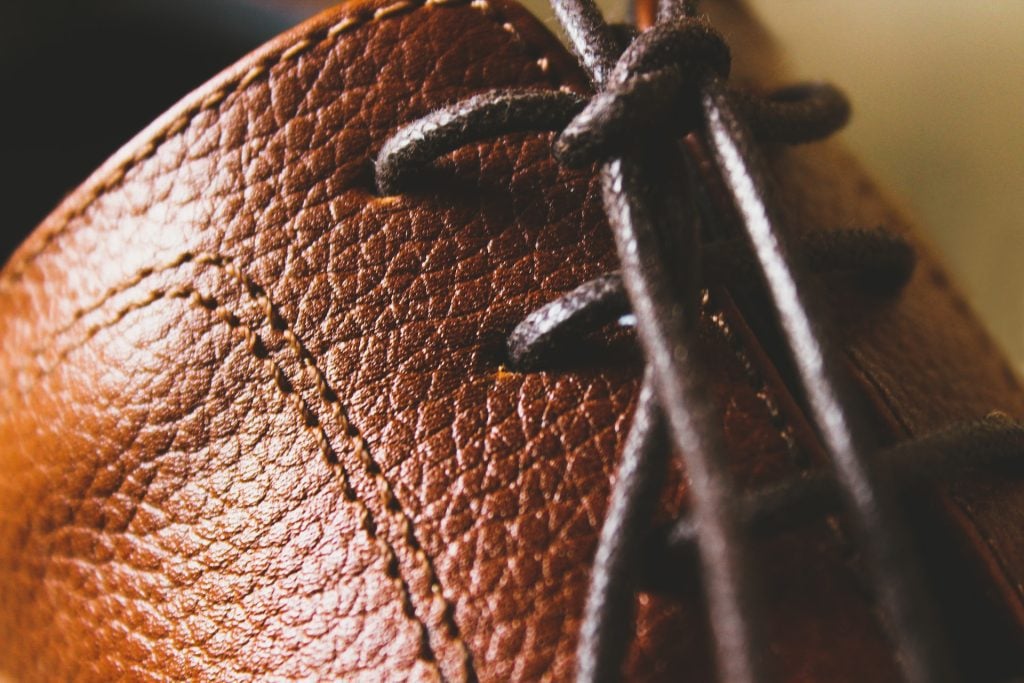
Leather Shoes and Boots
- Routine Cleaning: Remove dirt and dust with a brush or cloth. For stubborn dirt, use a damp cloth and mild leather cleaner.
- Conditioning: Regularly apply a leather conditioner to keep the leather supple.
- Polishing: For added shine and protection, polish shoes with a quality wax.
- Weatherproofing: Use a water-resistant spray to protect against moisture and stains.
- Proper Storage: Store in a well-ventilated area, using shoe trees to maintain shape.
Leather Accessories Care
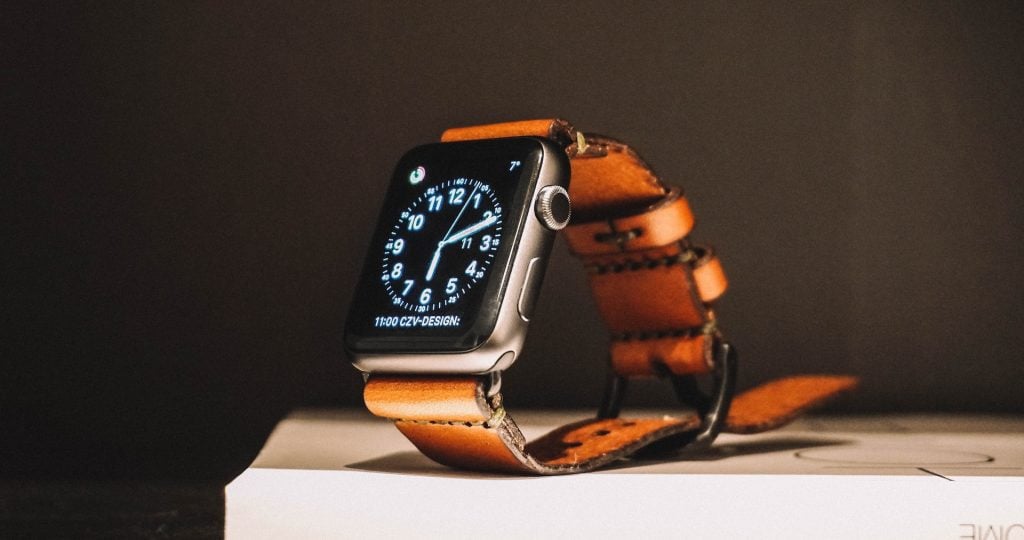
Leather Bags, Belts, Wallets, etc.
- Gentle Cleaning: Wipe with a soft, dry cloth. For more thorough cleaning, use a leather-specific cleaner.
- Conditioning: Apply a leather conditioner to avoid drying and cracking, particularly in areas of frequent flex and movement.
- Avoid Overexposure: Protect from prolonged exposure to sunlight and extreme temperatures to prevent fading and warping.
- Storage: Store in a cool, dry place. Fill bags with stuffing to maintain shape and wrap belts around a circular object to prevent creasing.
Each leather item, with its unique use and wear, demands tailored care. By following these specialized tips, you can ensure each of your leather treasures remains in pristine condition, showcasing their timeless elegance and durability.
Protecting Your Leather
Protecting leather from weather elements and daily wear is crucial for preserving its integrity and appearance. Effective techniques and products can significantly extend the lifespan of leather items:
Waterproofing Leather: Leather is naturally absorbent and can be damaged by excessive moisture. To waterproof, use a specialized leather waterproofing spray. These sprays create a protective barrier, repelling water without compromising the leather's breathability. Apply evenly on clean, dry leather, and allow it to set as per the product's instructions. Regular reapplication, especially in rainy seasons or for items used outdoors, is key.
Using Leather Protectants: Leather protectants, often in the form of creams or balms, offer an additional layer of defense against environmental factors like UV rays, which can cause fading and drying. These products typically contain conditioning agents that keep leather supple while forming a protective shield. Apply a small amount with a soft cloth, gently working it into the leather's surface.
Avoiding Harsh Elements: Whenever possible, avoid exposing leather to harsh conditions like extreme heat, direct sunlight, and heavy rain. These elements can accelerate deterioration, leading to cracking, fading, and loss of texture.
Regular Maintenance: Regular cleaning and conditioning go hand in hand with protective measures. Keeping leather clean prevents buildup of damaging substances, and conditioning helps maintain its natural defense mechanisms.
Addressing Common Leather Problems
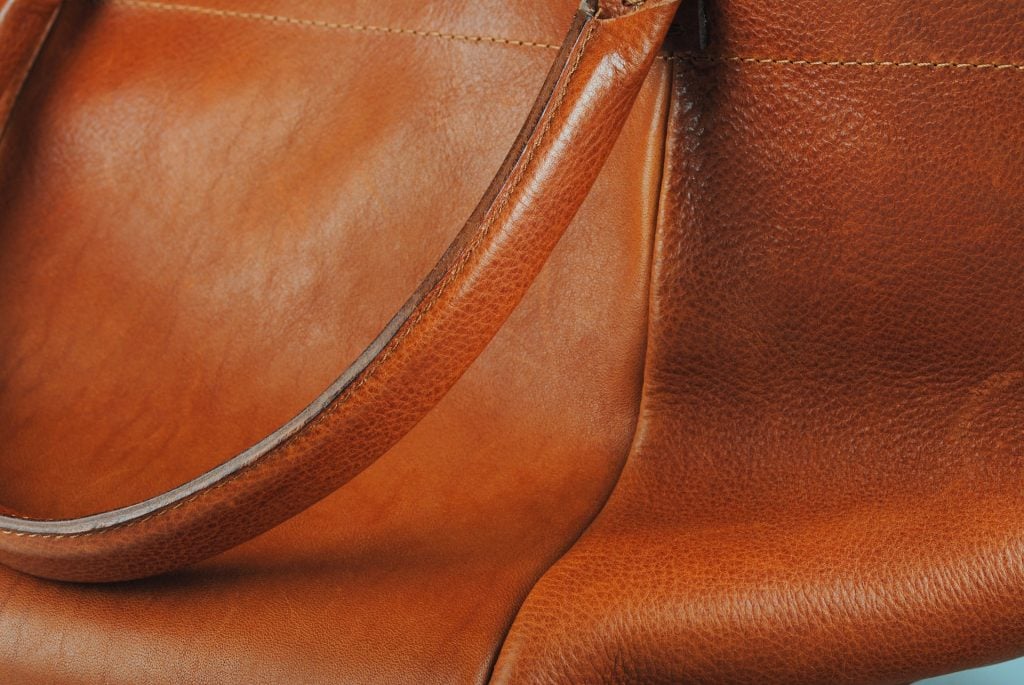
Dealing with leather issues requires prompt and appropriate action. For stains, gently blot (not rub) with a damp cloth and mild soap, avoiding water saturation.
Scratches can often be minimized with a leather conditioner, which helps blend the scratch into the natural patina. Fading, usually due to sunlight exposure, can be treated with a color-matching leather balm.
However, significant damage, persistent stains, or color restoration often necessitates professional leather care. Professionals have the expertise and equipment to restore leather effectively, especially for valuable or sentimental items.
Storing Leather Goods
Proper storage is essential in preserving the quality of leather goods. Store leather in a cool, dry place away from direct sunlight, which can cause fading and drying.
Use breathable covers like cotton bags to prevent dust accumulation while allowing air circulation. For items like jackets or bags, maintain their shape using padded hangers or stuffing.
Controlling humidity is crucial; too much moisture can lead to mold growth, while too little can cause drying. Silica gel packets in storage areas can help regulate humidity levels, protecting the leather from mold and dryness.
Sustainable Leather Care
Adopting eco-friendly leather care practices is beneficial for both your leather items and the environment. Opt for natural leather care products like beeswax-based conditioners and organic soaps, which are less harmful than chemical-laden alternatives.
Sustainable products often come in environmentally friendly packaging, further reducing the ecological footprint. Regular maintenance using these eco-friendly products can extend the life of leather goods, reducing waste.
Additionally, consider supporting brands and manufacturers that prioritize sustainable sourcing and production practices for leather, promoting a more responsible leather industry.

